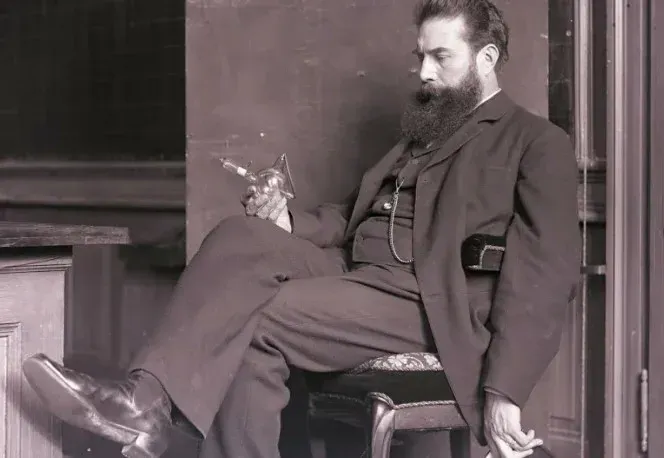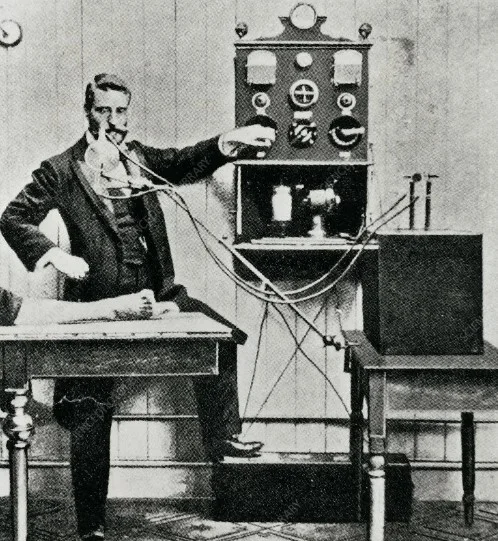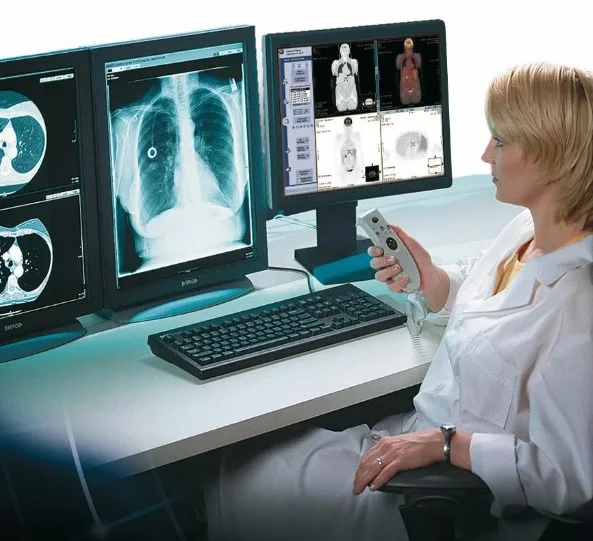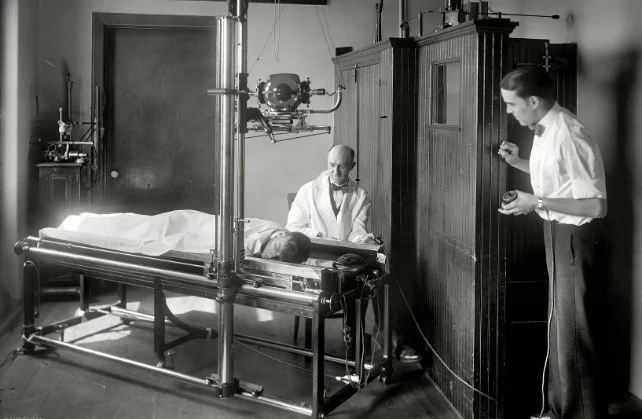In the realm of medical diagnostics, few inventions have been as transformative as the X-ray machine. This groundbreaking technology has not only provided physicians with unprecedented insights into the human body but has also revolutionized the way we approach healthcare
The Genesis of X-Rays

Discovery by Wilhelm Roentgen
Get into the story of Wilhelm Roentgen’s accidental discovery of X-rays in 1895. Uncover the serendipitous circumstances that led to this groundbreaking revelation and the immediate recognition of its potential in the medical field.
Early Experiments and Challenges
Explore the early experiments conducted to harness the power of X-rays for medical imaging. Delve into the challenges faced by pioneers as they sought to refine the technology and understand its implications.
X-Ray Machine Technology: Illuminating the Invisible

Mechanics of X-Ray Generation
Understand the mechanics behind X-ray generation within the machine. Explore the role of cathode rays, anode targets, and the intricate process that produces these penetrating beams of electromagnetic radiation.
Evolution of X-Ray Tubes
Trace the evolution of X-ray tubes, from the rudimentary designs of the early 20th century to the sophisticated and highly efficient tubes used in modern X-ray machines. Highlight the technological milestones that have enhanced imaging precision.
Radiographic Film and Digital Revolution
Examine the transition from traditional radiographic film to digital imaging. Uncover the advantages of digital technology, including enhanced image quality, reduced radiation exposure, and streamlined diagnostic processes.
Medical Marvels Unveiled
Diagnostic Applications
Unveil the diverse diagnostic applications of X-ray imaging. From detecting fractures and tumors to guiding surgical procedures, explore the myriad ways X-rays have become indispensable in the field of medicine.
Fluoroscopy: Real-Time Imaging
Discover the advent of fluoroscopy, a real-time imaging technique that allows for dynamic visualization of internal structures. Understand its applications in procedures such as angiography and gastrointestinal studies.
FAQs about X-Ray Machines
Q: Who invented the first X-ray machine?
A: Wilhelm Roentgen is credited with the discovery of X-rays, leading to the development of the first X-ray machine.
Q: Are X-rays harmful?
A: While diagnostic X-rays involve low doses of radiation, repeated exposure can pose risks. Medical professionals carefully balance the benefits and risks of X-ray procedures.
The Impact on Healthcare and Beyond

Advancements in Medical Diagnosis
Explore how X-ray machines have transformed medical diagnosis, allowing for non-invasive examination of internal structures and expediting the identification of various medical conditions.
Contribution to Research and Industry
Examine the role of X-ray technology in scientific research and industry, from material testing to the study of crystal structures. Uncover the broader impact beyond the realm of healthcare.
The Future of X-Ray Technology

Innovations in Imaging
Peer into the future as we discuss ongoing innovations in X-ray technology. From advanced imaging algorithms to the integration of artificial intelligence, anticipate the next frontier in medical diagnostics.
Enhancing Accessibility and Affordability
Discuss initiatives aimed at enhancing the accessibility and affordability of X-ray technology globally. Explore how innovations are addressing healthcare disparities and bringing diagnostic capabilities to underserved communities.
Conclusion: Illuminating Tomorrow
As we conclude our exploration of the X-ray machine, it’s clear that this invention has transcended its initial discovery, becoming an indispensable tool in modern healthcare. From its humble beginnings to the cutting-edge technologies of today, the X-ray machine continues to illuminate the path toward a healthier tomorrow.
In the quiet hum of the X-ray room, where invisible rays reveal the secrets within, we glimpse not just images but a legacy of innovation that shapes the future of medical science.




